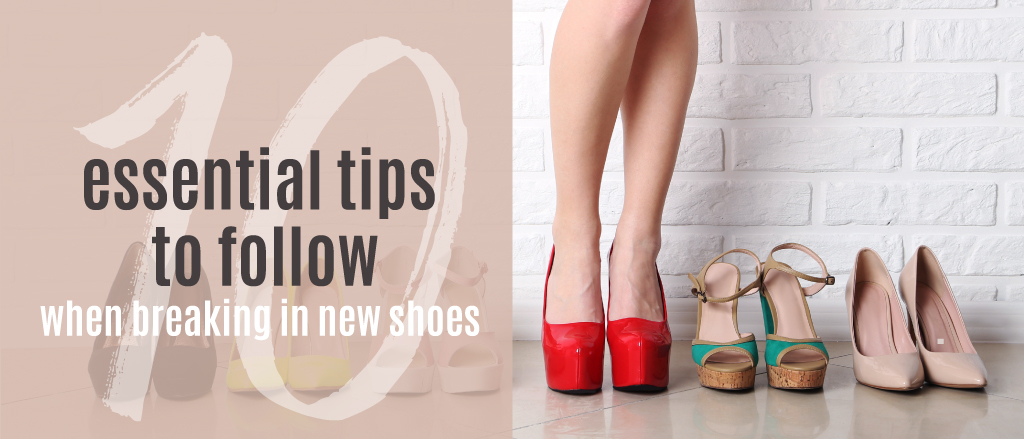
We’ve all been there – you’ve found the perfect shoes and can’t wait to wear them, only to find that when you do, they don’t feel quite as comfortable as they look.
No doubt there are millions of scrunched toes, reddened heels and blistered ankles out there that can tell their own story. It was for this reason that we sought advice from a consultant podiatrist on how to prevent and treat blisters; you can read these top tips in our handy guide.
Foot pain, if ignored, can lead to other more serious problems – including ankle, knee and back pain – so it’s wise to take precautions to prevent it. Find out how to break in new shoes, boots and heels for maximum comfort and long-lasting wear with our most effective tips to help you through this process.
1. Make sure you’re wearing the right shoe size!
This might sound like an obvious point to start with, but you’d be surprised how many people go around in shoes that don’t properly fit them. If you find your new shoes are rubbing your heel or that your toes are crammed into them, it could be that they just don’t fit your feet.
In fact, just over three-quarters of us haven’t had our feet properly measured since leaving school. If you’re one of them, you should put this right before buying your next pair of shoes – your feet will thank you for it!
Head down to your local store and get your feet professionally sized up. Or, if you’re reading this to help your little one break their shoes in, head to our guide on how to measure kids feet at home.
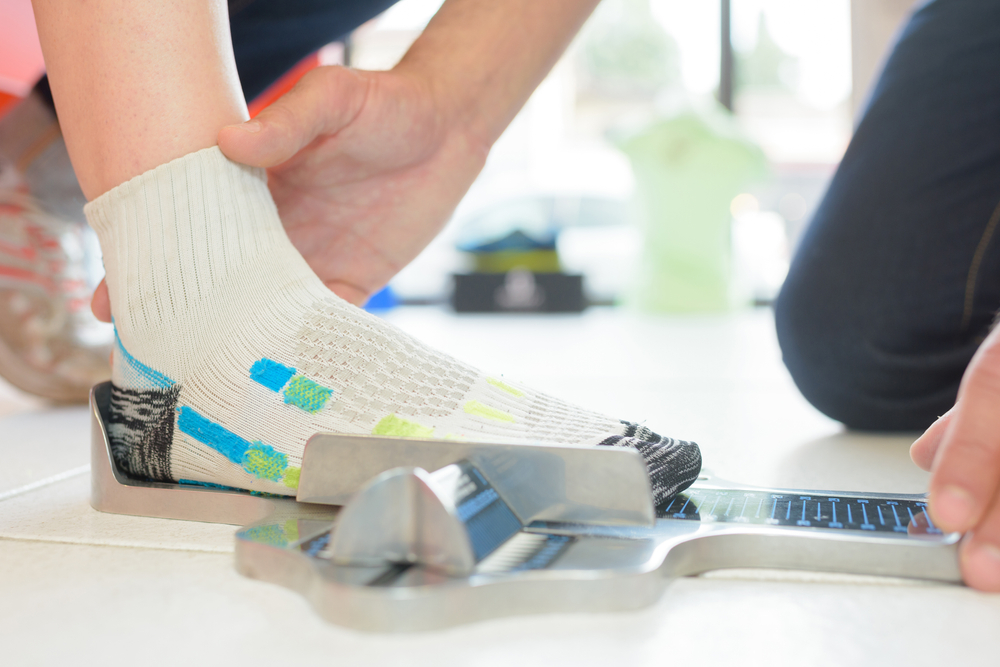
2. Break your shoes in slowly
Once you’ve bought a pair of stylish new kicks, we can well understand the temptation to wear them for extended periods in the hope they’ll break in quicker. That’s not quite how it works, though. Instead, you’d be better off wearing your new shoes for shorter spells over a longer period. This should help make the whole process that bit less punishing for your feet.
3. Under house arrest
Sticking to wearing your shoes at home is the easiest way to break them in slowly. Wearing them around the house gives you the chance to break them in while maintaining that box-fresh feel, so they’ll still look perfect on their first outing into the world. Breaking them in at home also means you can take them off if they start to hurt your feet, which ensures you avoid any damage or injuries.
4. Soften the heels
Individual parts of the shoe are likely to take longer to break in – for instance, the heel can be particularly stiff which often results in rubbing at the heels. To help soften the back of new shoes, try applying gentle heat and manipulating the stiff material. If they’re still causing issues after this, you may need to give your shoes a slight stretch. Check out our handy guide on how to stretch your shoes for tips on getting this right.
5. Add a layer of moisture
Blisters are caused when your skin and your shoes rub together and cause damage. You can reduce the amount of friction between your foot and the shoe by moisturising your skin or by applying petroleum jelly. A thick layer will work wonders as a protective barrier and stop the skin from blistering.
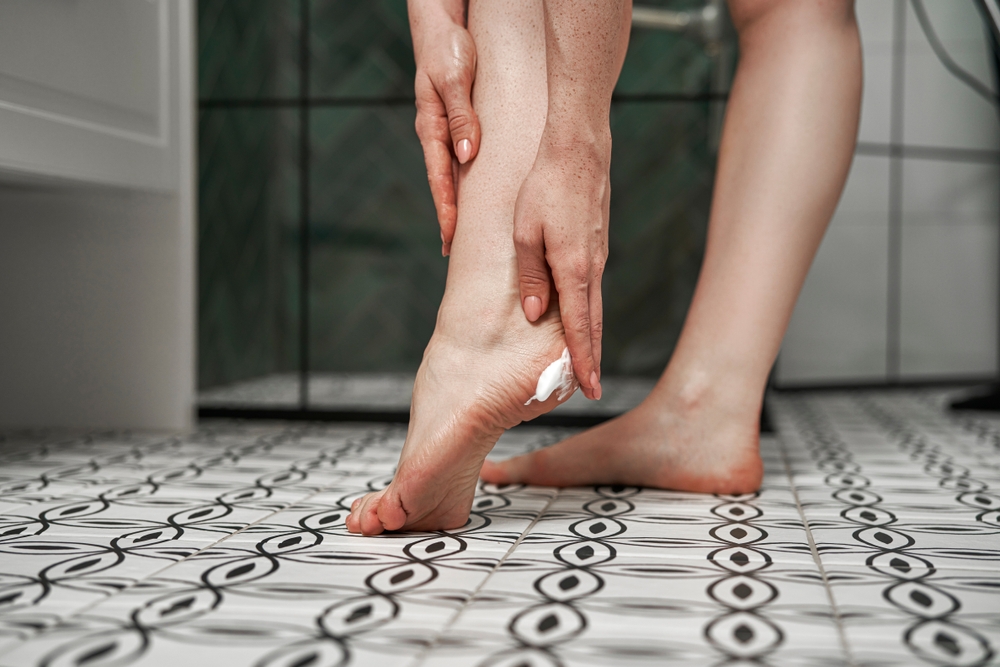
6. Prep with plasters
Plasters aren’t just for protecting an injury, they can also prevent one too. If you know your new shoes rub in a certain place, apply surgical tape, blister bandages or plasters to the affected areas before leaving the house.
Always remember to carry extras too – they’ll come in handy if the plaster moves or a new pain point springs up.
7. Switch up your choice of footwear
It’s good to have a diverse footwear collection in any case, but particularly so when you’re trying to break in a new pair of shoes. Don’t wear your new shoes every day – alternate them with other pairs to make sure your feet get a break, and any sore areas don’t get too aggravated and turn into a nasty blister or cut.
8. A spare shoe can be your saviour
If you work in an office, it’s a brilliant idea to bring a spare pair of shoes with you and alternate during the day so you can give your feet a breather from your new shoes. Also, always make sure you wear the most appropriate shoe for the task in hand i.e., if your commute involves a long walk, don’t expect your office stilettos or formal loafers to be up to the job. Instead, commute in your comfy trainers and swap them out for your smart shoes on arrival at the office.
9. Dig out some chunky socks
These can be a real lifesaver when you’re trying to wear in new shoes. Thick socks can help prevent rubbing and blisters. Don’t have any thick enough for the job? Simply double up on normal socks.
Make sure that you don’t wear socks that are too thick as this could lend itself to stretching your shoes – which isn’t great if they’re already the right size!
10. Added comfort
Insoles and grips are designed to benefit the shoe-wearing experience, so why not opt for some help?
You can choose either gel or foam insoles, both of which provide comfort while you’re breaking your shoes in. Or, even better, keep your insoles in your shoes forever and just switch them out whenever they get too worn.
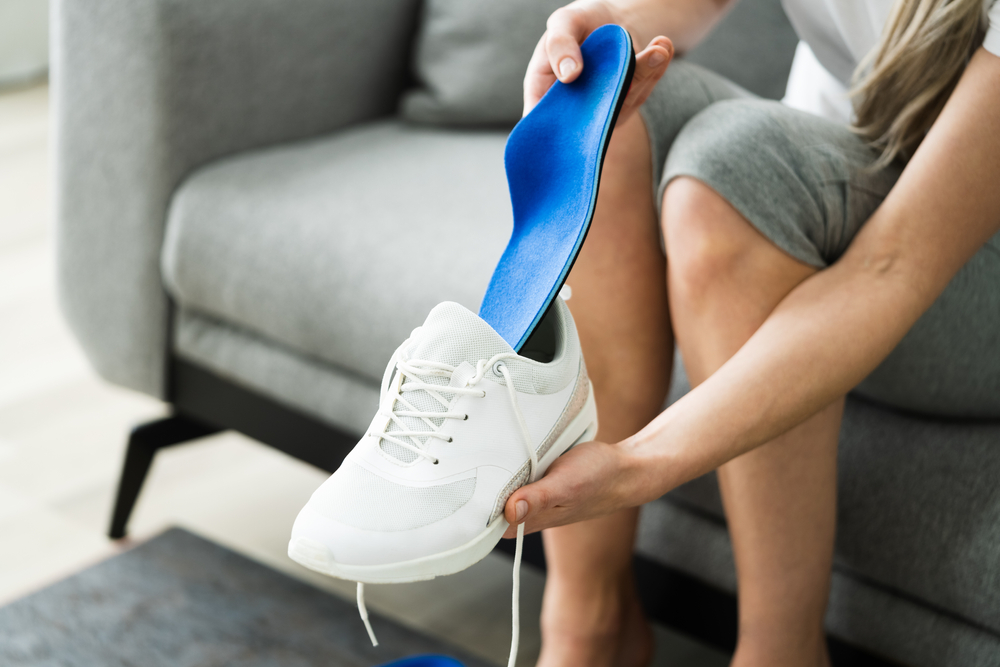
The model matters
Distinct types of shoes have different struggles and pains when breaking them in. So, before you begin to break your shoes in, you’ll want to think about how often you’ll be wearing them and what you will be wearing them for.
Breaking in heels
The sock method is our favourite when it comes to making those killer stilettos feel more comfortable to wear. Layer up thick socks and squeeze your foot in; applying gentle heat at this point can help them mould to your feet faster and will keep you dancing for longer. Just be careful not to stretch them if they’re a good fit – you’re only looking make them softer with this method.
Breaking in walking boots
It’s super tempting to lace up and head straight to the hills when you’ve purchased the perfect pair of new walking boots, but patience pays off. Advancements in technology mean walking boots no longer need the breaking in that they used to, but they still need time to mould to your feet. Start off with short walks; a stroll to the shops, a dog walk in the park. Once you’re certain they’re ready, you can then proceed to the nearest national park for a full day of outdoor adventuring.
Breaking in trainers
Breaking in your trainers properly is essential for avoiding injuries. If you use your trainers for running, then it’s important you don’t dive straight into your next 10k. Build up with regular walks to make sure your feet get used to the trainers and that they’re providing the support you need. Once your happy with the fit, you can start picking up the pace with a short run before building up to your normal levels.
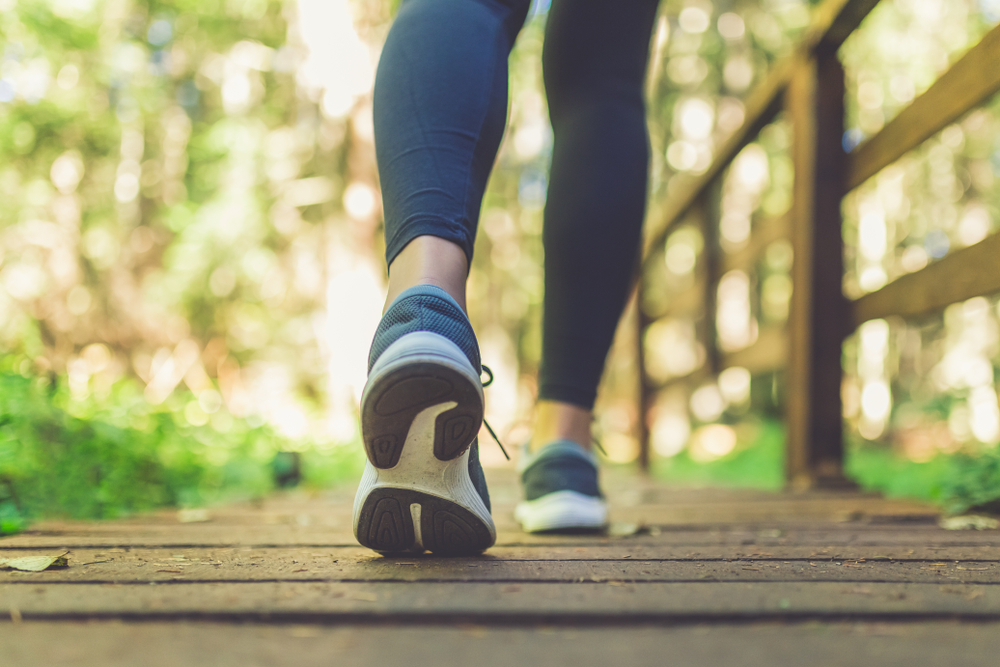
Breaking in football boots
As with walking boots, advancements in material technology mean that football boots don’t take as long to break in as they used to, but given the sporting nature of the job these shoes do, it’s still essential to break them in before wearing on the pitch or turf. Failing to do so may cause injury.
Start out with a light training session and always have your old boots to hand in case they do start to hurt. Dampening the upper of your boots before wearing can also be an effective way to soften them, as the heat from your foot warms up the damp material to help it soften and mould to your feet.
It may all sound a little time-consuming to break in new shoes but, in our opinion, it’s well worth it. After all, if you’ve found a new pair that you really love, you’ll want to enjoy them properly. Make sure you stay on top of caring for your feet while breaking in new shoes too, as they’ll be working extra hard!
On the lookout for some new footwear to test our top tips on? Check out our affordable collection for the whole family at Wynsors.




